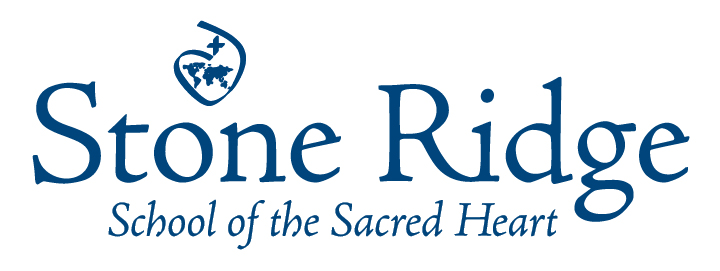
Stone Ridge’s new Mater Center
is a LEED Silver building!
LEED certification is a measure of the “greenness” of building, showing that it is healthy, efficient, carbon and cost-saving, and built for sustainability.
What is LEED Silver?
The LEED building certification program is an initiative of the U.S. Green Building Council or USGBC. LEED stands for “Leadership in Energy and Environmental Design,” and focuses on encouraging a more sustainable approach to the way buildings are designed, constructed and operated. For new construction and major renovations, the LEED program has five main categories in which points toward certification can be earned. Each category also has required prerequisites worth no points.
LEED certification levels range from the basic LEED Certified ranking to the higher-ranked LEED Silver, LEED Gold, and finally LEED Platinum certifications, the highest honors offered by the USGBC. A LEED certification lasts five years, after which point the building must be reviewed again to maintain its certification. To attain LEED silver certification, a project must earn a total of 50 to 59 points when measured against the latest LEED certification checklist published by the USGBC.
How are points earned?
Various factors can earn a building points, and the total number of points determine whether the building will earn certification. Before a building can earn points however, it must meet the minimum requirements set by the USGBC and comply with the region’s environmental laws.
Calculating Points
Sustainable Sites – 26 Possible Points
The prerequisite for the Sustainable Sites category aims to curtail pollution and soil erosion that often result from construction. This category also offers points for strategies toward cultivating overall sustainability.
Water Efficiency – 10 Possible Points
The prerequisite here is for the building to use 20 percent less water than the USGBC baseline for buildings of similar size and occupation. A project garners further points for going substantially beyond this 20 percent reduction in water use, as well as implementing further water conservation measures that pertain to landscaping and wastewater technologies.
Energy and Atmosphere – 35 Possible Points
This category focuses mainly on building commissioning and the energy performance of main systems such as HVAC and Lighting. It entails three prerequisites: the building must be fundamentally commissioned (commissioning a building is the testing and balancing of the main systems to assure optimum performance), use at least 10 percent less energy than the USGBC baseline, and contain systems that do not use any chlorofluorocarbon (CFC) based refrigerants. Extra points go for progressing further than prerequisite dictates in these areas as well as for the use of renewable energy sources for building operation.
Materials and Resources – 14 Possible Points
This category deals with reuse and recycling of materials, both in the construction and the ongoing operation of the building. Buildings designed to minimize material use, or which use biodegradable or locally harvested renewable resources in their construction process will earn points in this category — as will buildings designed to operate in ways that minimize landfill waste and promote recycling.
Indoor Environmental Quality – 15 Possible Points
This category deals mainly with indoor air quality issues including ventilation, off-gassing of materials and thermal comfort. It also deals with the need for lighting systems to be energy efficient as well as adequate for all necessary tasks.
Extra Credit – 10 Possible Points
There are two categories with no prerequisites where you can garner extra-credit points: Innovation in Design and Regional Priority. Innovation in Design deals with successful and innovative solutions for environmental and sustainable concerns.

